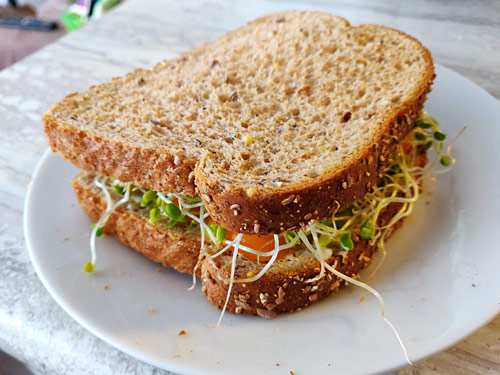
Today’s PlanetJune Story comes from Dorte Jensen in Denmark, who used a selection of my crochet patterns to create this gorgeous realistic fishbowl! I’ll let Dorte explain how this project came to be: My husband saw your tropical fish patterns and said that they were so cute and that he wanted these fish made for […]
















